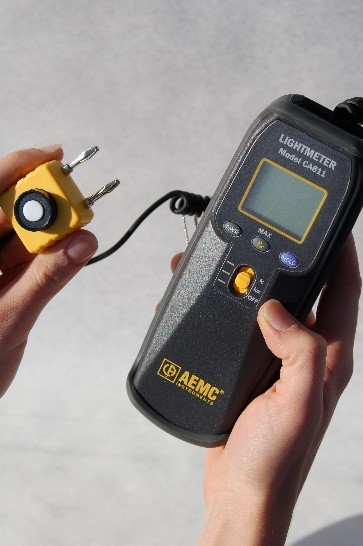It’s All in the Mix – Proper Mixing of Multi-Component Coating Systems
Many industrial and protective coating materials consist of more than one component. A multi-component coating is any product that consists of two or more separate parts that are mixed together at a specified ratio. As the materials are mixed, a reaction occurs that allows the disparate parts to chemically cross-link and form a polymer. The […]
It’s All in the Mix – Proper Mixing of Multi-Component Coating Systems Read More »









